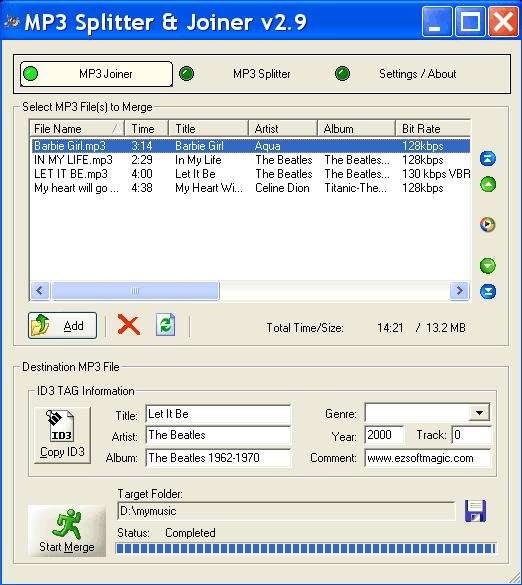

".music professionals with access to first generation data have widely reported subjectively better sound, and a meta-analysis of previously published listening tests comparing high resolution to CD found a clear, though small, audible difference that significantly increased when the listening tests included standard training (i.e., with experience in listening)."-Journal of the Audio Engineering Society, Volume 67, Issue 5."The main claimed benefit of high-resolution audio files is superior sound quality 24-bit/96 kHz or 24-bit/192 kHz files should, therefore, more closely replicate the sound quality that the musicians and engineers were working with in the studio."- What Hi-Fi?.Petersburg, Russia, that sells Super Audio CDs (SACDs) "The DSD process used for producing SACDs captures more of the nuances from a performance and reproduces them with a clarity and transparency not possible with CD." -The Mariinsky record label of the Mariinsky Ballet (formerly Kirov Ballet), St.


Whether there is any benefit to high-resolution audio over CD-DA is controversial, with some sources claiming sonic superiority:
HIGHC AUDIO PDF FULL
The Recording Industry Association of America (RIAA), in cooperation with the Consumer Electronics Association, DEG: The Digital Entertainment Group, and The Recording Academy Producers & Engineers Wing, formulated the following definition of high-resolution audio in June 2014: " lossless audio capable of reproducing the full spectrum of sound from recordings which have been mastered from better than CD quality (48 kHz/20-bit or higher) music sources which represent what the artists, producers and engineers originally intended." Previously, the Japan Electronics and Information Technology Industries Association (JEITA) in March 2014 and the Japan Audio Society (JAS) in June 2014 published definitions, requiring at least 96 kHz/24-bit with the inclusion that a “Listening evaluation process is required by each applicant.” įile formats capable of storing high-resolution audio include FLAC, ALAC, WAV, AIFF, MQA and DSD (the format used by SACD). High-resolution audio is generally used to refer to music files that have a higher sampling frequency and/or bit depth than that of Compact Disc Digital Audio (CD-DA), which operates at 44.1 kHz/16-bit. Approximate dynamic range and bandwidths of some high-resolution audio formats


 0 kommentar(er)
0 kommentar(er)
